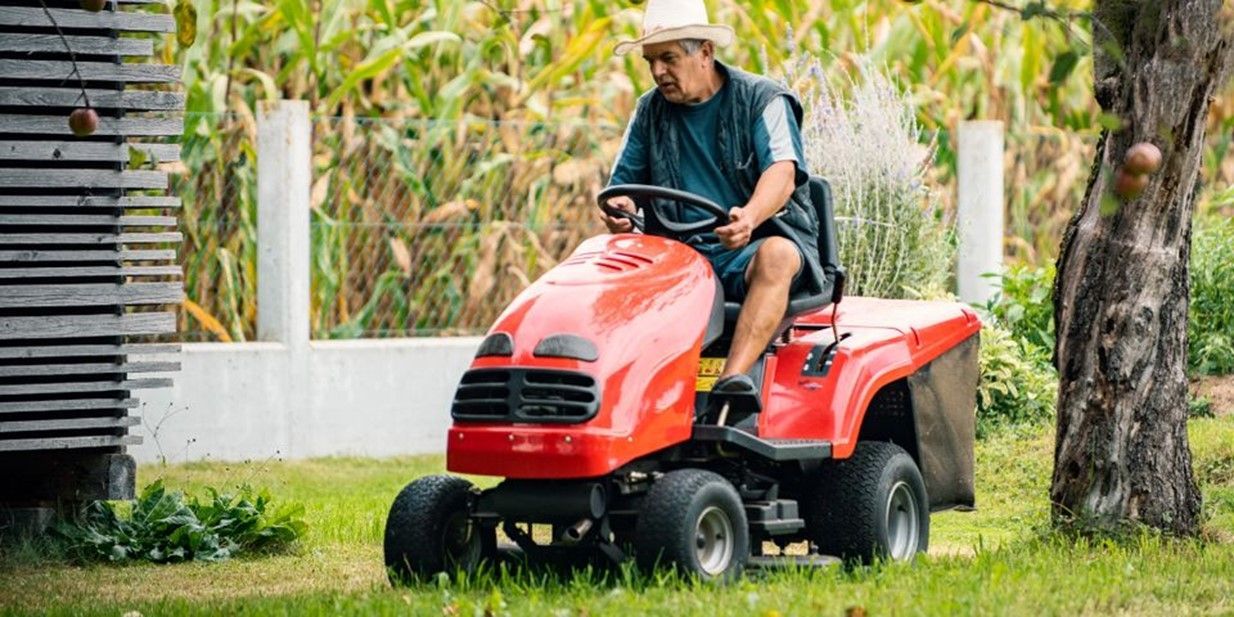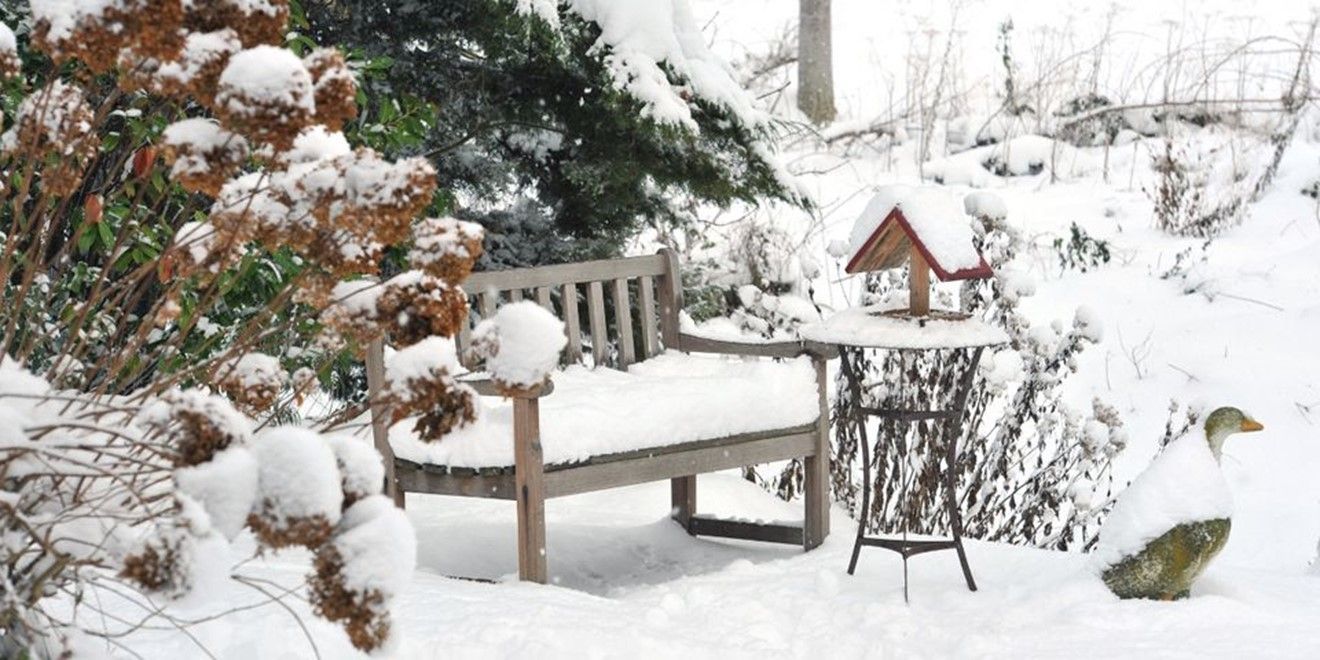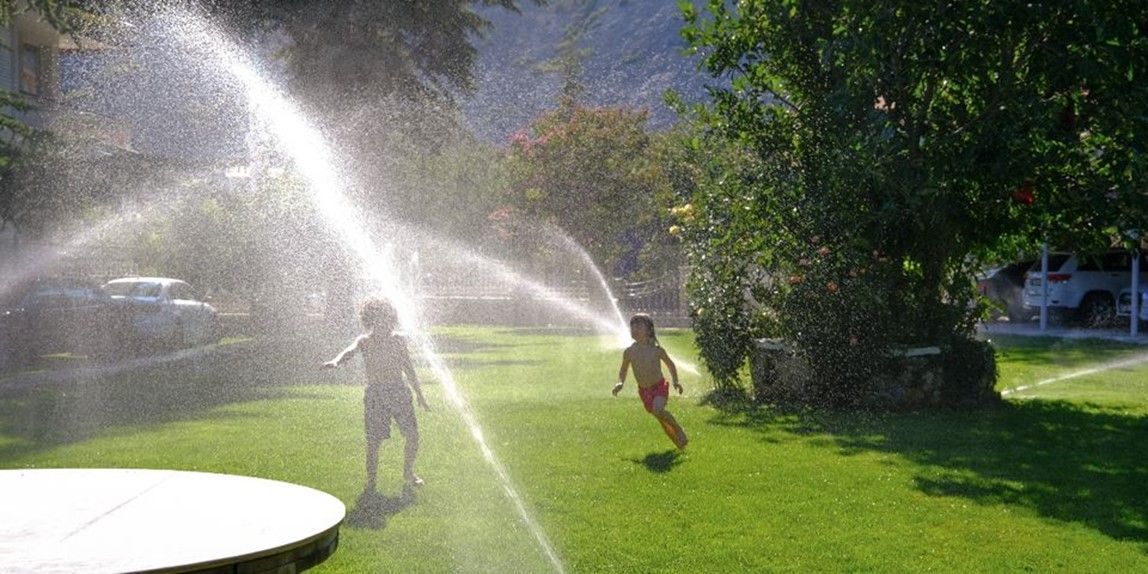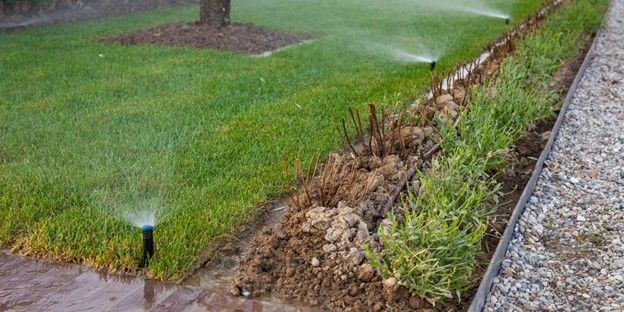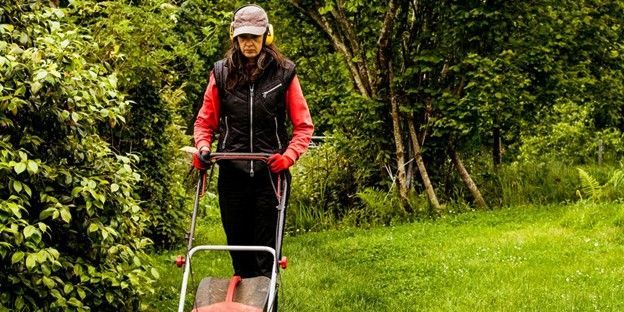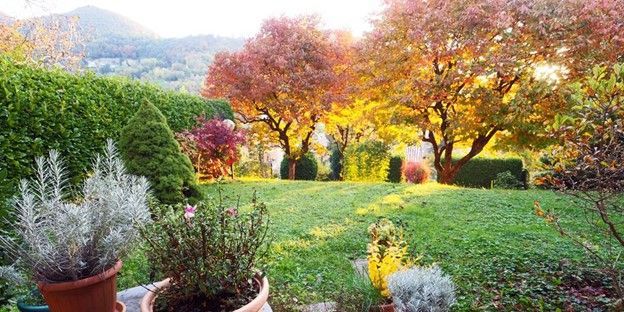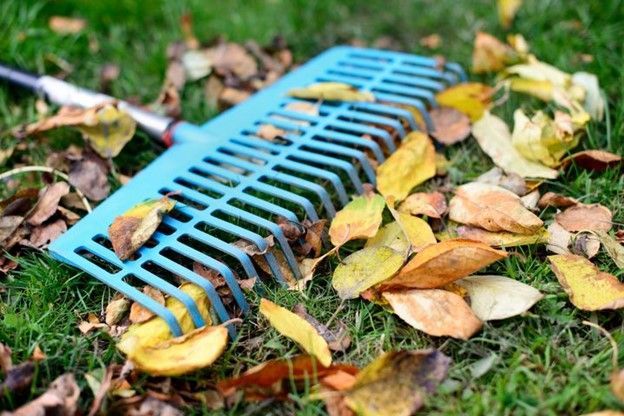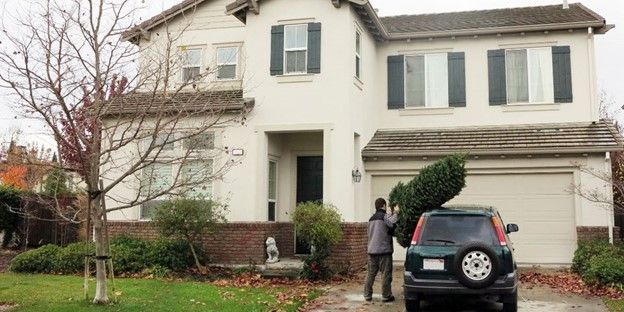Sod Webworms: What They Are & How They Hurt Your Lawn
This is a subtitle for your new post
Sod webworms feed on grass, causing dead patches that can be difficult to repair. The first sign of their feeding frenzy will be thin patches of grass that have been munched down to a shorter height than the surrounding seedlings.
While feeding usually starts in the spring, damage will progress throughout the summer if the problem isn’t addressed. Symptoms will become most evident in late July and August when large brown patches will appear on your lawn. To confirm that webworms and not drought are to blame, dig into the thatch of your lawn and look for telltale silk-lined tunnels. You can also try soaking the damaged lawn with a mixture of two tablespoons of dish soap and two gallons of water—this will cause the worms to come to the surface.
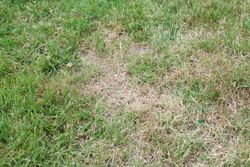
Preventing Webworms Through Lawn Care
The key to preventing sod webworms is maintaining healthy grass with appropriate lawn care: fertilization, irrigation, and aeration. This encourages strong growth that makes grass more resistant to diseases and pests. If you suspect you already have webworms, you can also call lawn care professionals to spray insecticide.
Controlling sod webworms requires extensive lawn care knowledge. If you believe you have a problem, let Nature Plus Lawn & Irrigation formulate a tailor-made game plan to get rid of them. These professionals have been serving the Cincinnati, OH, area for over 25 years, and they are known in the community for top-quality results and prompt service. Learn about their satisfaction guaranteed program online or call (513) 755-9434 to discuss your lawn care needs with an expert.

